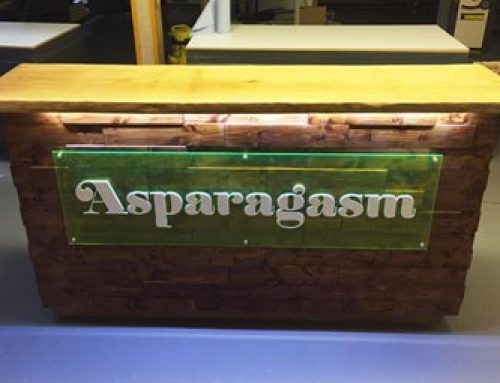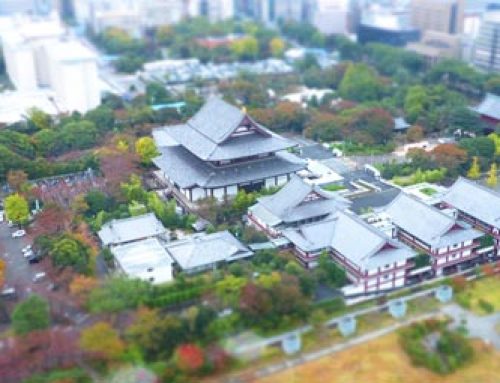Will 3D printing transform the world or fill it with non-biodegradable novelties?
3d printing is not a new technology with the first printer being made in the 1980’s, however I still find people unfamiliar and blown away by the principles of the technology. They are now in the minority, while 3d printing has launched fully into it’s ‘hype-phase’. This becomes clear when reading articles with sensationalised headlines such as…
“14-month-old undergoes heart surgery, with surgeons using a 3D-printed heart” TweakTown 2014.
“Buttercup the duck gets prosthetic 3d-printed foot” BBC news 2013.
…where 3d printing plays a small roll in the beginning of a longer, more complicated process.
This however is not my main concern with 3d printing and it was very refreshing to find an article in the Architectural Review discussing the problems we could face if 3d printing does not tackle the issues of the ecological impact during it’s revolution.
I quote..
“I’m also yet to see a full supply chain analysis on the energy and resource requirements of 3-D printing – over and above a comparison with producing a specific object using subtractive processes”
Even in model making we regularly have enquiries for 3d printed items and offer a cheaper and less wasteful ‘traditional’ alternative to making the item.
“It is even more extraordinary for a practice whose material platform is largely based on plastics, compounds that do not do well in ecosystems, to propose to be ‘ecological’.
This issue of non-biogradable novelites like 3d printed models of yourself, although not a new concept to use plastic in dolls and toys does not address any modern concerns of the environment and ecology but only add to them.
‘But perhaps the most vexing aspect of 3-D printing is that squirting plastics into funny digital shapes says absolutely nothing about matter”
Matter, our resources and our future.
If 3d printing is going to revolutionise our world where industrial practices are cheaper, faster and better they should also promote a healthier and more environmentally viable alternative or we will only go backwards.
Amongst others, the article concludes:
“We could start by properly critiquing the impacts of this technology beginning with a much deeper analysis of the materials used, the energy and resource requirements, and the supply chains that result in printed objects.”
3d printing is a genuinely fantastic technology with truly revolutionising potential however it needs to take responsibility for the processes and negative impacts now.
Read the full article here.




